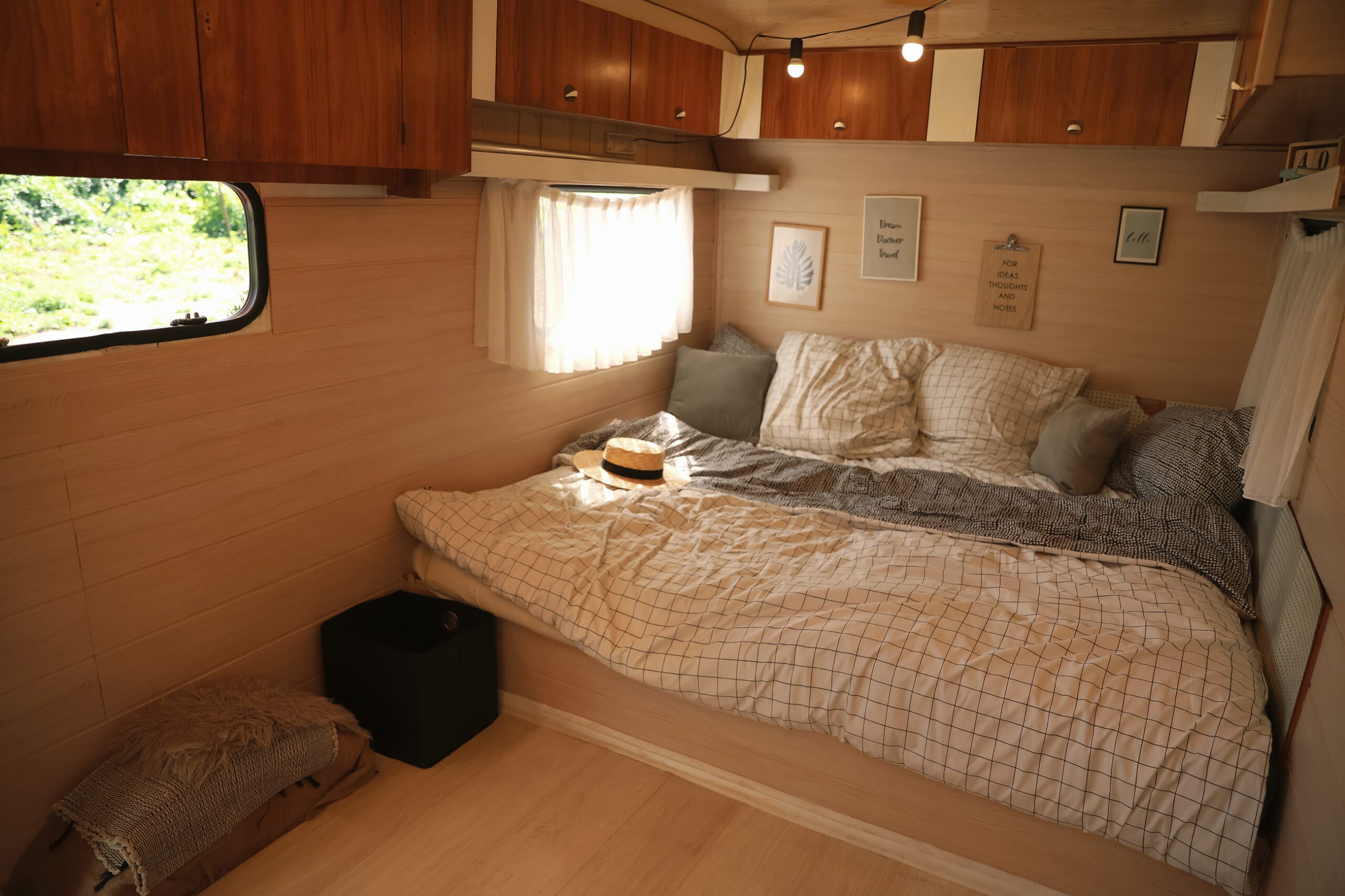The quest for sustainable living and the allure of the open road has led many adventurers to equip their recreational vehicles (RVs) with solar panels. However, the unique construction of RVs presents challenges when installing and securing solar equipment. This blog explores the intricacies of mounting solar chargers, inverters, and batteries in an RV, ensuring these vital components remain safe and functional throughout your journeys.
Understanding RV Construction: The Foundation for Secure Installations
RV construction is often characterized by the use of cost-effective materials. Typically, the walls are made of quarter-inch plywood, while the structural framework consists of 2×2 or 1.5×1.5-inch wood. Modern RVs feature insulation in the outer walls, adhering to the latest standards. This construction style, while efficient, poses challenges when mounting heavy or vital equipment such as solar panels and associated devices.
The Challenge of Mounting on Thin Plywood
When the goal is to mount equipment like a solar charger on an RV’s thin, quarter-inch plywood walls, special consideration must be taken to distribute the object’s weight over the largest surface area possible. Directly screwing a heavy object into thin plywood can lead to wear and tear over time, exacerbated by the RV’s movement and vibrations during travel. This wear can eventually lead to the equipment detaching from the wall, damaging and potentially losing functionality.
A Solution for Secure Mounting: The Role of MDF Panels
To circumvent the issues associated with mounting on thin plywood, a practical solution involves using Medium Density Fiberboard (MDF). Here’s a step-by-step guide to securely mounting a solar charger using an MDF panel:
1. Preparation of the MDF Panel:
- Cut a piece of three-quarter-inch MDF to match the dimensions of the solar charger.
- Prepare the panel by countersinking screws in all four corners.
2. Securing the MDF Panel to the Wall:
- Apply a coat of Liquid Nails (or a similar adhesive) to the backside of the MDF panel.
- Attach the panel to the quarter-inch plywood wall by screwing it in place.
- Allow the glue to set for about an hour, ensuring a strong bond between the MDF panel and the RV wall.
3. Mounting the Solar Charger:
- Once the adhesive has set, mount the solar charger onto the MDF panel.
- The MDF panel distributes the weight across a larger surface area, reducing stress on the individual mounting points.
At Cascade RV Solar Solutions, we can manufacture custom mounting solutions for your RV. Using CNC technology, we can create a solar electrical system component mounting solution specific to your needs. Reach out, and let’s chat about your project!
The Result: Enhanced Stability and Security
By implementing this method, the weight of the mounted equipment is spread across the entire surface area of the panel, significantly reducing the risk of detachment and damage. This approach not only secures the solar charger but also preserves the integrity of the RV’s walls, ensuring that your equipment remains safely in place even when traversing rugged, off-road terrains.
Conclusion
Choosing high-quality components is crucial for an efficient solar system in an RV. However, the longevity and reliability of these components heavily depend on the installation and mounting techniques used. At Cascade RV Solar Solutions, we are committed to providing our customers with not only the best solar products but also the knowledge and methods to install them securely. By following the guidance provided, RV enthusiasts can look forward to enjoying off-grid living and boondocking with minimal issues, focusing on the adventure ahead rather than the stability of their solar equipment.
Solar Powered
Sustainable Off-Grid RV Solar Solutions
Designing, installing, and optimizing custom RV solar solutions for efficient, green, off-grid experiences.





